
Introduction to Sponsored Content in 2025
As the digital marketing landscape continues to evolve at a breakneck speed, sponsored content remains a pivotal strategy for brands seeking authentic engagement with their target audiences. In 2025, this trend shows no signs of slowing down. For online marketers, understanding the pricing models, market trends, and regional particularities — especially in dynamic hubs like Singapore — is paramount to crafting campaigns that are both cost-effective and impactful.
Overview of Sponsored Content Market Dynamics
Sponsored content, defined as advertiser-paid content designed to match the publishing platform’s editorial style and audience preferences, blends seamlessly into consumer experiences. In 2025, the global sponsored content market has reached an estimated value exceeding SGD 12 billion, driven by increasing consumer preference for native advertising over banner ads or pop-ups.
Key factors influencing this market include the rise of video content, AI-driven personalization, and platform-specific strategies. Notably, Singapore’s position as a digital marketing hub in Southeast Asia positions it uniquely to benefit from these trends, with local agencies rapidly adapting pricing and formats to reflect consumer expectations.
Market Growth Drivers
- Technology Integration: AI-powered targeting and content creation tools have enhanced both efficiency and precision, allowing for hyper-personalized sponsored posts that resonate better with niche audiences.
- Platform Diversification: From TikTok to LinkedIn, each platform commands different user behaviors, necessitating tailored sponsored content approaches and pricing models.
- Consumer Trust: Sponsored content’s native integration increases consumer trust, thereby commanding higher CPMs (cost per mille) and CPLs (cost per lead).
Understanding Sponsored Content Pricing Models in 2025
The pricing landscape for sponsored content in 2025 reflects a matured ecosystem with nuanced variables including content format, influencer involvement, engagement metrics, and marketplace competition. Here is a detailed breakdown:
Common Pricing Models
- Cost Per Mille (CPM): Charging per 1,000 impressions remains prevalent, particularly for awareness campaigns.
- Cost Per Click (CPC): Less common for sponsored content but useful where direct traffic is prioritized.
- Cost Per Engagement (CPE): Payments based on likes, shares, and comments are increasingly favored.
- Flat Fee: Fixed prices negotiated upfront — often seen in collaborations with influencers or premium publishers.
Factors Impacting Pricing
- Content Format: Video content commands higher rates than static posts due to production costs and engagement levels.
- Influencer Tier: Nano-influencers may charge SGD 200-500 per post, while macro-influencers or celebrities can command upwards of SGD 50,000 per campaign.
- Market Region: In Singapore, due to high digital penetration and sophisticated audiences, prices skew higher than in neighboring Southeast Asian countries.
Sponsored Content Pricing Benchmarks: A Singapore Perspective
Singapore, with its vibrant digital economy and high Internet penetration rate (over 88%), stands as a benchmark for pricing strategies in the Asia-Pacific region. Data collected across various industry segments — tech, lifestyle, finance, and FMCG — reveals the following pricing patterns:
| Content Format | Average Price Range (SGD) | Key Observations |
|---|---|---|
| Static Sponsored Post (Micro-influencers) | 200 - 800 per post | Ideal for local brands seeking cost-effective awareness |
| Video Sponsored Content (Mid-tier influencers) | 5,000 - 15,000 | High engagement, preferred for product launches and tutorials |
| Multi-platform Campaigns (Macro-influencers & celebrities) | 30,000 - 100,000+ | Delivers extensive reach and strong brand authority |
These prices reflect the premium placed on cultural relevance, content quality, and platform choice — critical factors that must be understood for strategic budget allocation.
Case Study: An Ambitious Yet Flawed Singapore Campaign
Drawing from my personal experiences as a marketing director, one particular campaign in early 2024 underscores the complexities of pricing and execution. A leading tech brand in Singapore invested SGD 100,000 on a multi-channel sponsored content strategy featuring a high-profile influencer partnership. Despite the significant budget, the campaign underperformed due to several avoidable pitfalls:
- Misaligned Audience Targeting: The influencer’s followers skewed younger and less tech-savvy than the brand’s intended professional market segment.
- Content Format Mismatch: The use of short-form video ads on LinkedIn, a platform favoring detailed professional content, diluted message impact.
- Inadequate Performance Metrics: The campaign relied heavily on vanity metrics (likes and views) instead of conversion and lead generation KPIs.
This experience reinforced the lesson that optimal pricing is not merely a function of budget but closely tied to strategic alignment and execution quality.
Emerging Trends Shaping Sponsored Content Pricing in 2025
Looking beyond traditional models, several emerging industry developments are influencing pricing and strategy:
- AI-Driven Dynamic Pricing: Advanced analytics enable real-time adjustments based on campaign performance, audience behavior, and market demand.
- Programmatic Sponsored Content: Automated buying and placement of native content is increasing efficiency and driving competitive pricing.
- Micro-Moments and Hyper-Localization: Especially in culturally diverse markets like Singapore, highly localized and context-aware content justifies premium pricing.
- Integrated Multi-Channel Campaigns: Bundling sponsored content with paid search, social ads, and influencer marketing creates holistic campaigns commanding higher budgets but delivering greater ROI.
Strategic Recommendations for Online Marketers in Singapore and Beyond
To thrive in the evolving sponsored content market of 2025, marketers must adopt a multi-faceted approach:
- Deep Audience Insights: Utilize AI and data analytics to map audience preferences and adapt pricing strategies accordingly.
- Flexible Pricing Models: Experiment beyond CPM and flat fees; consider hybrid and performance-based approaches.
- Content Excellence: Invest in high-quality creative production; consumers reward authenticity and originality.
- Platform Specificity: Tailor content format and messaging to platform nuances, especially accounting for Singapore’s well-informed, cosmopolitan digital consumers.
- Measure What Matters: Focus on conversions, brand lift, and lifetime customer value rather than superficial engagement metrics.
Comparative Pricing Across Key Asia-Pacific Markets
To further contextualize Singapore’s premium pricing, consider the following representative data from neighboring markets:
| Market | Average Video Sponsored Content Price (SGD) | Typical CPM Range (SGD) |
|---|---|---|
| Singapore | 5,000 - 15,000 | 20 - 50 |
| Malaysia | 2,000 - 7,000 | 10 - 30 |
| Indonesia | 1,500 - 5,000 | 8 - 25 |
| Australia | 6,000 - 18,000 | 25 - 55 |
This comparison highlights the sophistication and willingness to invest observable in Singapore’s sponsorship ecosystem, driven by strong purchasing power and digital maturity.
Influencer Tiers and Their Pricing in 2025 Sponsored Content
An essential component of pricing revolves around influencer partnerships. The tiers and their associated costs, which can be region-specific, help marketers allocate budgets efficiently as follows:
- Nano-Influencers (1k - 10k followers): SGD 200 - 800 per post; ideal for grassroots engagement and hyper-local campaigns.
- Micro-Influencers (10k - 100k followers): SGD 800 - 5,000 per post; balance authenticity and reach.
- Mid-Tier Influencers (100k - 500k followers): SGD 5,000 - 20,000 per post; suited for wider brand visibility.
- Macro-Influencers (500k - 1M followers): SGD 20,000 - 50,000 per post; strong authority figures in niche markets.
- Celebrity-Level Influencers (1M+ followers): SGD 50,000+ per campaign; premium pricing justified by massive reach and social proof.
Real-Life Application: Pricing Negotiation Insights from Singapore
From my on-the-ground experience negotiating sponsored content contracts in Singapore, several key insights emerge:
- Data-Driven Pitching: Presenting clear engagement benchmarks and ROI forecasts compels pricing flexibility.
- Bundled Offerings: Offering multi-post or multi-platform packages often secures better rates and ensures cohesive campaign delivery.
- Timeline Sensitivity: Last-minute campaigns trigger premium pricing; early bookings usually have cost benefits.
- Value-Added Services: Inclusion of content strategy, analytics reporting, and creative input can justify higher investment levels.
Future Outlook and Pricing Innovations
As we advance through 2025, the sponsored content space will continue embracing innovations impacting pricing structures:
- Blockchain for Transparency: Ensures trustworthy proof of content placement and audience metrics, thereby stabilizing price negotiations.
- Interactive Content Premiums: Interactive, AI-powered content formats (e.g., quizzes, AR experiences) command higher fees due to enhanced user engagement.
- Subscription-Based Sponsored Content: Brands may adopt subscription models for ongoing content collaborations, aligning cost with sustained value.
Navigating Sponsored Content Saturation and Consumer Fatigue
An often overlooked aspect impacting pricing is market saturation and resultant consumer fatigue. Over-saturation forces marketers to either reduce prices or innovate content for distinctiveness. Singapore’s highly connected consumer base exhibits high awareness of sponsored content, pressuring marketers to elevate quality and authenticity as differentiators in pricing strategies.
Incorporating Sustainability and Ethics Into Pricing
Modern consumers increasingly value ethical advertising and sustainability, prompting marketers to incorporate these dimensions into their sponsored content pricing. Campaigns with clear social responsibility elements may command premium or alternatively require lower pricing to enhance reach among socially-conscious audiences.
Practical Tools to Optimize Sponsored Content ROI
To effectively manage budgets and maximize ROI, online marketers should leverage contemporary tools such as:
- Content Management Platforms: Enable streamlined asset storage and approval processes.
- Campaign Analytics: Specialized dashboards breaking down engagement quality by region, platform, and demographic.
- AI Pricing Advisors: Predict optimal payment levels based on historical data and market trends.
Summary Table: Key Pricing Drivers and Their Expected Impact in 2025
| Pricing Driver | Description | Expected Impact on Price |
|---|---|---|
| Content Format | Video, interactive, static images | Video and interactive demand 25%-50% premium over static |
| Influencer Tier | From nano to celebrity level | Costs can escalate by 100x+ from nano to celebrity |
| Audience Targeting Precision | AI-powered niche audience alignment | Improved targeting can increase price by 10%-30% |
| Platform Choice | LinkedIn, TikTok, Instagram, YouTube | Professional platforms often cheaper CPM but higher CPL |
| Market Region | Singapore versus APAC neighbors | Singapore commands premium (up to 60%) due to maturity |
| Campaign Duration and Volume | Short burst vs. long-term series | Longer commitments usually secure up to 20% discount |
Advanced Segmentation: Tailoring Pricing to Audience Behavior
One of the most transformative trends reshaping sponsored content pricing in 2025 is the rise of advanced audience segmentation. Thanks to AI-driven behavioral analytics and machine learning models, marketers are now able to segment audiences not just demographically, but based on psychographics, purchase intent, content consumption patterns, and even time-of-day engagement preferences. This granularity allows brands to offer hyper-targeted sponsored content, which commands premium pricing due to its superior conversion potential.
In Singapore, where consumers are digitally savvy and expect personalized interactions, campaigns that leverage this segmentation achieve 15-30% higher engagement and conversion rates compared to generic placements. Consequently, pricing adjusts to reflect the increased value delivered by precision targeting.
Cross-Platform Attribution and Pricing Implications
The multi-channel consumption behavior of modern digital audiences means sponsored content rarely functions in isolation. Attribution models tracking the customer journey across platforms — from Instagram Stories to YouTube pre-rolls and LinkedIn posts — are vital for allocating costs and measuring effectiveness accurately.
Pricing negotiations in 2025 increasingly incorporate attribution sophistication. For example, campaigns demonstrating cross-platform synergy and effective funnel progression can justify higher premium rates, as the holistic approach drives superior ROI. Conversely, single-platform campaigns lacking measurable downstream impact may face pricing pressure.
Integrating User-Generated Content (UGC) into Sponsored Models
Co-opting user-generated content as part of sponsored strategies is another evolution to note. Brands incentivize consumers to create and share content aligned with sponsored messaging, blending organic and paid communication.
Singapore-based digital marketers have pioneered micro-campaigns leveraging UGC within sponsored frameworks, which reduce content production costs and boost authenticity. Pricing models now account for this by offering flexible budgets where a portion funds influencer or publisher fees while another portion rewards content creators via contests or loyalty programs.
Risks and Pitfalls: Navigating Fraud and Brand Safety
As sponsored content budgets swell — especially in premium markets like Singapore — risks around fraud, viewability issues, and brand safety are magnified. Non-genuine impressions, fake followers, and bot engagements distort pricing models based on CPM or CPE.
Marketers must employ rigorous verification tools, including third-party audits, AI-driven fraud detection, and transparent reporting standards. Reflecting these safeguards in pricing structures often results in higher costs but protects brand equity and ensures meaningful ROI.
Regulatory Environment Impacting Sponsored Content Pricing
Singapore’s robust regulatory framework governing advertising, including guidelines on transparency and disclosure for sponsored content, influences pricing and campaign design. Compliance requires additional legal vetting, content labeling, and sometimes limits on influencer claims — activities that incur operational costs.
Consequently, campaigns in Singapore may carry a 5-15% pricing premium relative to less regulated markets. Awareness and proactive adaptation to these requirements help marketers optimize spend without risking penalties or reputational damage.
The Role of Emerging Technologies in Pricing Evolution
2025 witnesses growing influence of augmented reality (AR), virtual reality (VR), and immersive experiences integrated into sponsored content. These technologies elevate engagement but introduce new production and distribution costs.
For example, an AR-enabled product try-on feature sponsored by a fashion brand in Singapore can command up to 2-3x the rate of standard video content. Marketers must weigh cutting-edge content allure against budget constraints and user accessibility.
Localization: Crafting Content and Pricing for Singapore’s Unique Market
Singapore’s multicultural environment demands exquisite localization which impacts sponsored content pricing. Content must be crafted in multiple languages and culturally nuanced to resonate across ethnic groups—Chinese, Malay, Indian, and expatriate communities.
This multi-lingual, multi-cultural customization increases creative and production budgets, influencing per-post pricing upward by approximately 20%. However, the reward is deeper market penetration and stronger brand affinity, acknowledging Singapore’s complex media ecosystem.
Pricing Impact of Campaign Objectives and KPIs
Different campaign goals command varied pricing approaches. Awareness campaigns generally lean on CPM models, while lead generation and sales-focused campaigns gravitate toward CPL or CPA (cost per acquisition) pricing.
Singaporean brands show increasing preference for objective-driven budgets, where payment is linked directly to measurable outcomes using advanced tracking tools. This reflects a maturing marketing sophistication that demands accountable spending and optimized budget efficiency.
Sponsored Content and SEO Integration
While sponsored content excels at engagement, integrating SEO strategies enhances organic visibility and long-term value. Embedding keywords, backlinks, and structured data within sponsored articles can raise search rankings and extend content lifespan.
This dual-benefit approach affects pricing — content with optimized SEO attributes typically commands higher fees due to added research, technical skill, and expected impact beyond immediate impressions.
Best Practices for Negotiating Sponsored Content Pricing in Singapore
- Benchmark Against Industry Standards: Use tables and aggregated market data as negotiation anchors to avoid overpaying.
- Clarify Deliverables: Define content formats, expected reach, engagement KPIs, and exclusivity terms.
- Incorporate Performance Clauses: Include payment adjustments based on actual performance metrics.
- Leverage Relationship Building: Developing long-term ties with influencers and publishers often yield pricing discounts and preferential placements.
- Negotiate Bundled Deals: Combining sponsored content with other marketing channels can unlock economies of scale.
Real-World Pricing Scenario: A Hybrid Campaign for a Singapore Financial Firm
To illustrate, a Singapore-based financial services firm allocated SGD 70,000 for a 3-month hybrid campaign — combining LinkedIn sponsored articles, Instagram influencer stories, and YouTube explainer videos.
The pricing breakdown was as follows:
| Channel | Format | Cost (SGD) | Notes |
|---|---|---|---|
| Sponsored Articles (4 articles) | 20,000 | Focus on professional audience, high CPL | |
| Micro-influencer Stories (Multiple posts) | 25,000 | Authentic engagement, viral potential | |
| YouTube | Explainer Videos (2 videos) | 25,000 | High production value, SEO benefits |
The campaign emphasized comprehensive analytics to monitor lead generation and brand lift, enabling iterative adjustments that maximized ROI while maintaining cost discipline.
Training and Skillsets Required to Optimize Sponsored Content Investment
Finally, empowering marketing teams with requisite skills to navigate the complexities of sponsored content pricing and strategy is essential. Training areas should include:
- Data Analytics and Attribution Modeling
- Content Creation and Storytelling Techniques
- Negotiation and Vendor Management
- Regulatory Compliance and Disclosure Best Practices
- Emerging Technologies and Platform Trends
Teams adept in these domains can ensure optimized investment, mindful of evolving market conditions and pricing dynamics.
We are the best marketing agency in Singapore.
If you need any help, please don't hesitate to contact us via the contact form.






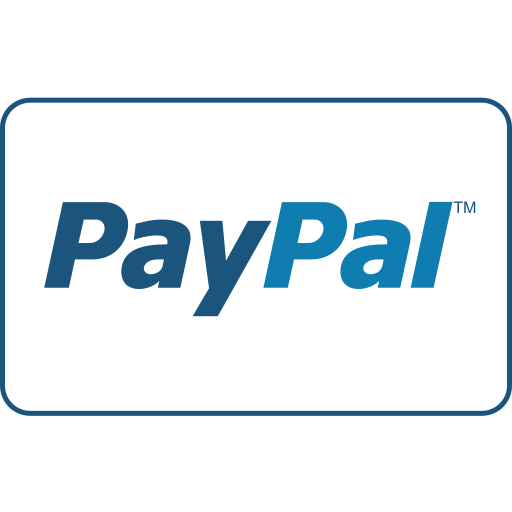
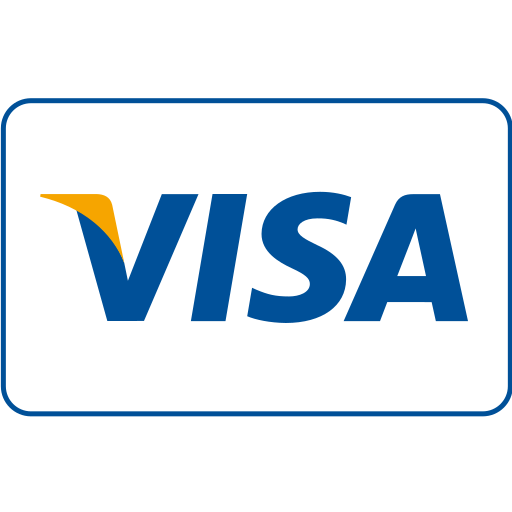
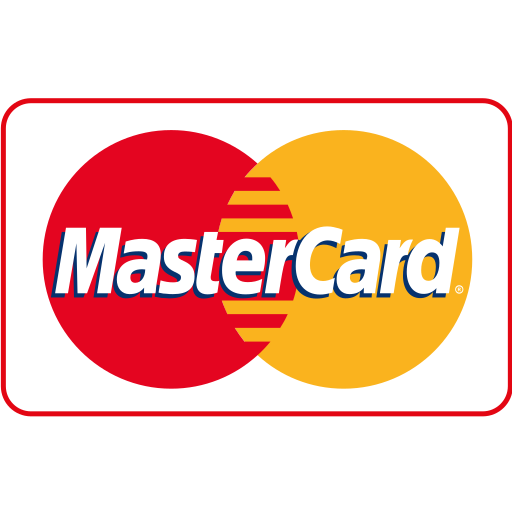
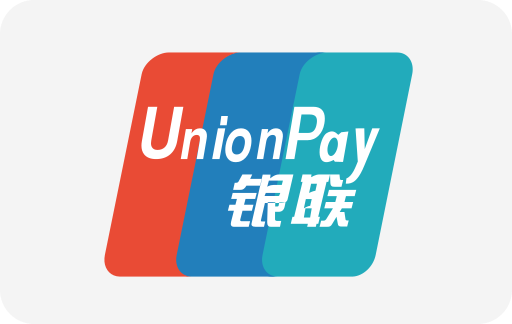
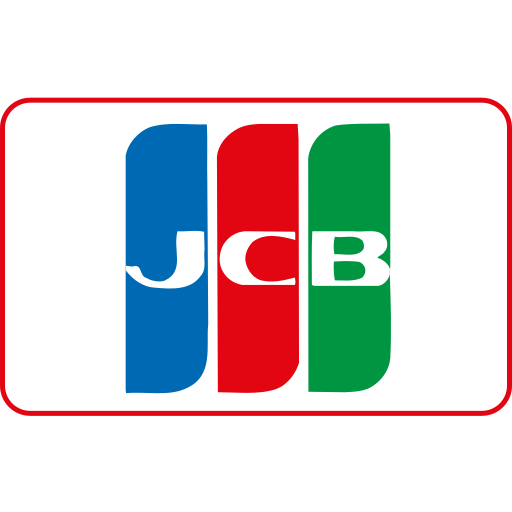

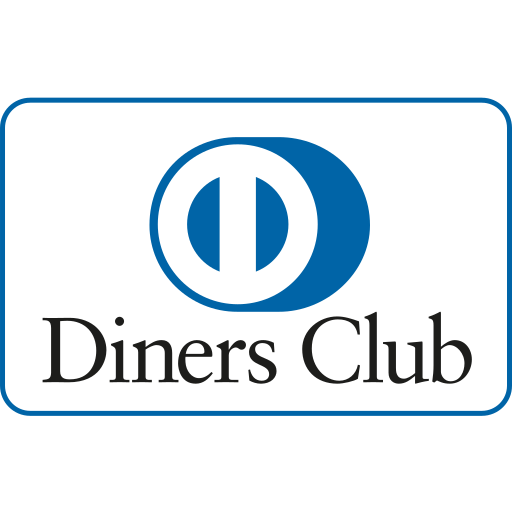
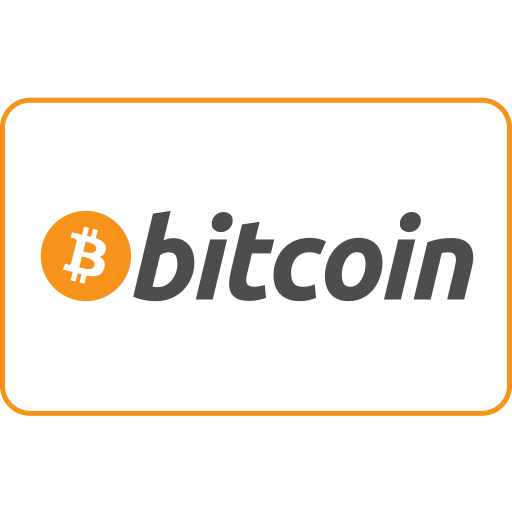

WebSeoSG offers the highest quality website traffic services in Singapore. We provide a variety of traffic services for our clients, including website traffic, desktop traffic, mobile traffic, Google traffic, search traffic, eCommerce traffic, YouTube traffic, and TikTok traffic. Our website boasts a 100% customer satisfaction rate, so you can confidently purchase large amounts of SEO traffic online. For just 40 SGD per month, you can immediately increase website traffic, improve SEO performance, and boost sales!
Having trouble choosing a traffic package? Contact us, and our staff will assist you.
Free consultation